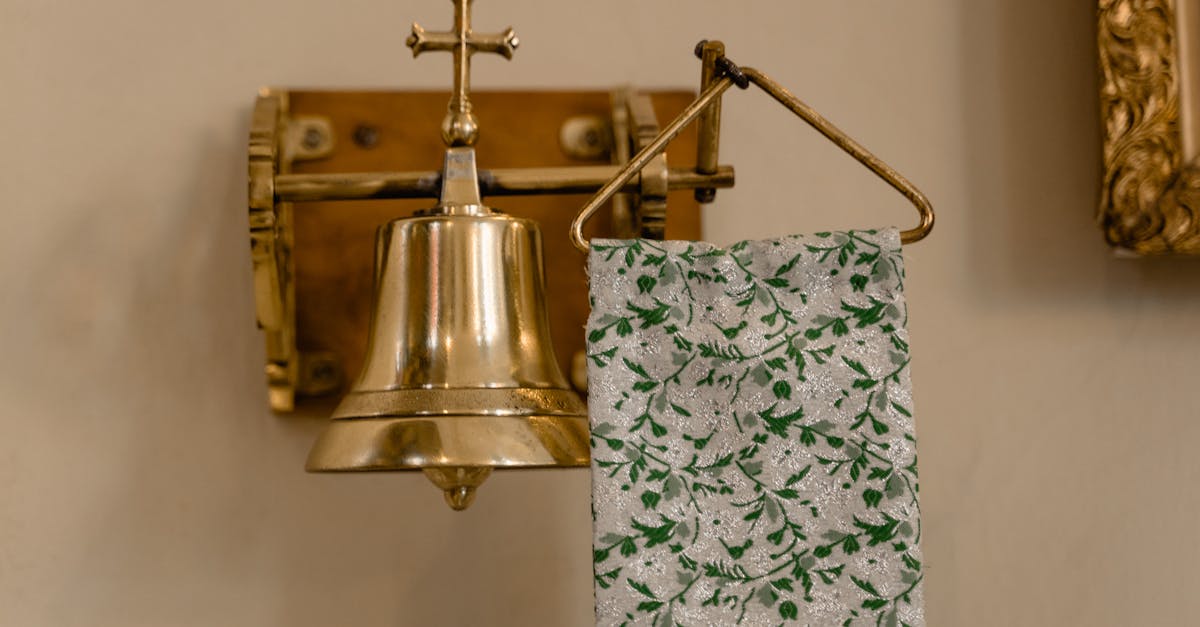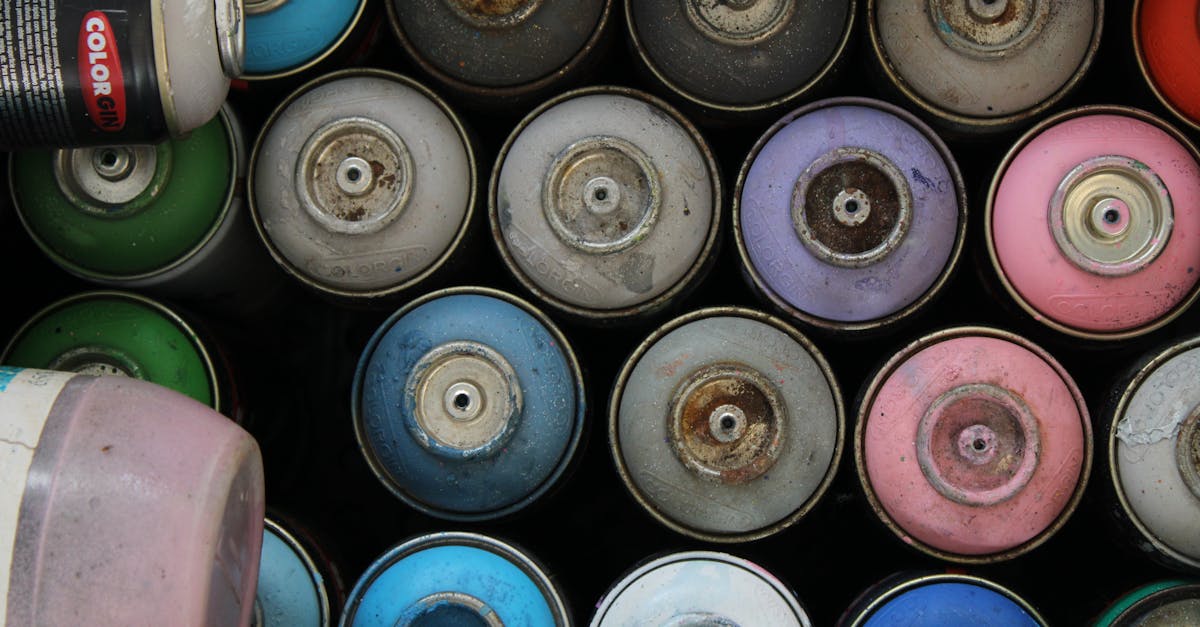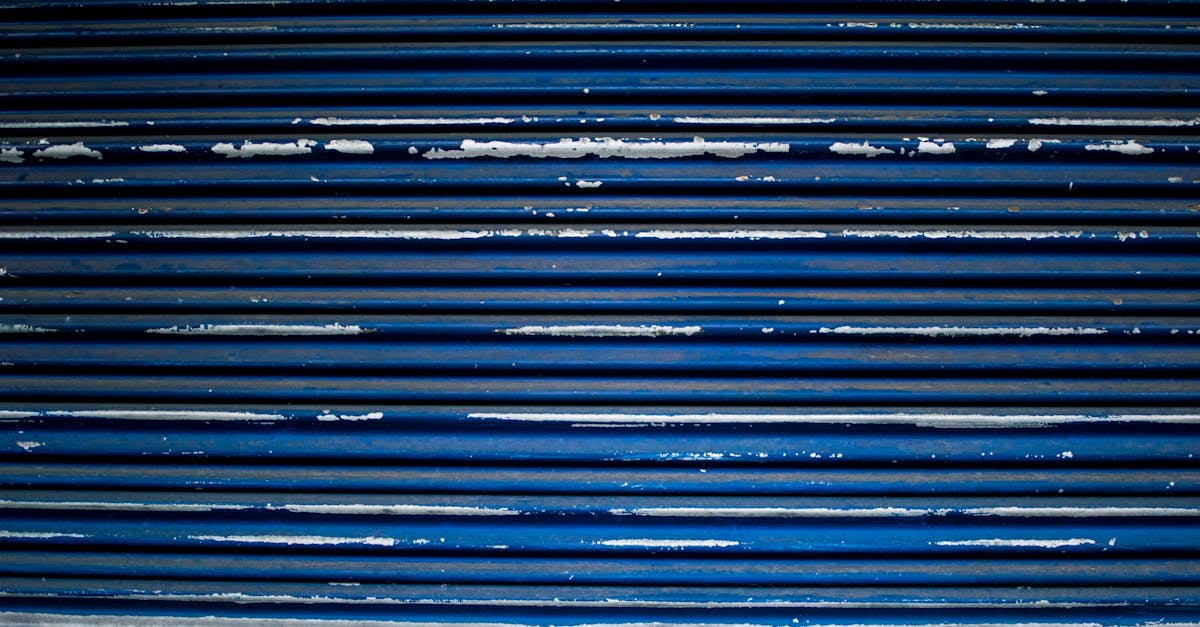This article serves as A Comprehensive Guide to Painting Metal, detailing essential techniques and paint types for successful metal projects. It begins with an overview of surface preparation, emphasizing the significance of cleaning and priming to ensure adhesion. Various paint options are explored, including oil-based and water-based paints, along with their respective benefits and ideal applications. The guide also covers advanced techniques such as spray painting and roller applications, focusing on achieving a smooth finish. Additionally, it highlights tips for achieving durability and long-lasting results, making it a valuable resource for DIY enthusiasts and professionals alike.
The Latest Trends in Painting and Space Renovation
Transforming a space is not merely about aesthetics; it is about creating an atmosphere that resonates with the inhabitants. As we step into a new era of design, the latest trends in painting and renovation offer exciting opportunities to breathe life into both residential and commercial spaces. Whether you are looking to revamp your cozy living room or give your business a refreshing makeover, understanding these trends can substantially enhance the overall vibe.
Today’s palette boasts a rich variety of colors that inspire, uplift, and even calm the senses. From soothing pastels to bold, vibrant tones, the choices are almost limitless. Not to mention, innovative techniques and materials are emerging every day, allowing for unique textures and effects that elevate traditional painting to an art form. Imagine walking into a space that speaks to your style—inviting yet energizing, serene yet stimulating. This representation can be achieved through well-thought-out color schemes and effective painting techniques that not only beautify the surroundings but also affect the perception of the space.

| Technique/Paint Type | Description |
|---|---|
| Primer | A necessary base coat that promotes adhesion and prevents rust. |
| Spray Painting | Effective for an even finish, especially on intricate designs and shapes. |
| Brush and Roller | Ideal for larger surfaces and offers more control over application. |
| Enamel Paint | Provides a durable and glossy finish, resistant to chipping and fading. |
| Acrylic Paint | Water-based, easy to apply, and suitable for indoor and outdoor use. |
| Powder Coating | A dry finishing process that creates a hard, protective layer. |
| Rust Inhibitor Paint | Specially formulated to prevent rust and prolong the lifespan of metal. |
| Metallic Paint | Adds a reflective finish for aesthetic appeal and style enhancement. |
| Stencils and Templates | Useful for adding intricate designs and patterns to the metal surface. |
Transforming Spaces: The Latest Trends in Painting for Homes and Businesses
In the world of interior and exterior design, color plays a pivotal role in how we perceive spaces. The latest trends in painting not only involve selecting the right shades but also implementing innovative techniques that rejuvenate and transform both residential and commercial environments. For homeowners and business owners alike, understanding these trends can lead to significantly improved aesthetics and functionality.
Current Color Trends
This year, the trend is shifting towards earthy tones and muted pastels. Shades such as sage green, terracotta, and soft blues provide a sense of calm and connection to nature. These colors can create soothing environments, perfect for spaces where relaxation or conviviality is key, such as living rooms or cafes.
- Sage Green: Often associated with tranquility, sage green makes spaces feel fresh and inviting. It pairs beautifully with warmer neutrals or accented with vibrant decor.
- Terracotta: This warm, earthy shade can evoke feelings of warmth and comfort, making it ideal for family homes.
- Soft Blues: These hues can create an expansive feel, perfect for small rooms or areas where light is limited.
In commercial spaces, these trends are also apparent. Businesses are opting for colors that not only attract customers but also increase productivity. For example, coffee shops may use soft pastels for walls while integrating bold artwork to create a dynamic atmosphere.
Innovative Painting Techniques
Beyond color selection, the application of innovative painting techniques can dramatically alter the aesthetics of a space. Some popular techniques include:
- Ombre Painting: This technique involves a gradient effect, blending one color into another, which can add depth and drama to walls.
- Textured Finishes: Techniques such as sponging, stippling, and rag rolling provide a tactile quality to the walls, making them visually interesting.
- Accent Walls: Choosing a bold color for a single wall can create a striking focal point in any room.
Choosing the Right Materials
The materials you choose for painting can significantly impact the final outcome. With advancements in paint technology, there are now options that offer durability and ease of application:
- Low-VOC Paints: These environmentally friendly options minimize harmful emissions and are safer for indoor air quality, making them an excellent choice for homes and businesses alike.
- Self-Leveling Paints: Perfect for achieving a smooth finish on walls, these paints reduce the appearance of brush strokes and provide a high-end look.
- Enameled Paints: Ideal for areas that require extra durability, such as kitchen cabinets or restroom facilities in commercial settings.
Color Psychology in Design
Understanding color psychology is crucial when planning a painting project. Different colors can evoke various emotions and reactions, which can significantly impact the atmosphere of a space. For example, warm colors like red and yellow can stimulate conversation and activity, making them ideal for kitchens and dining areas, while cool colors like blue and green encourage relaxation, suitable for bedrooms and spa areas.
Reflecting on past projects can illustrate these principles effectively. In a recent renovation of a downtown cafe, the inclusion of soft green walls combined with wooden accents offered a refreshing yet cozy atmosphere that encouraged patrons to linger longer. Conversely, a bold orange accent wall in a fast-paced office setting promoted creativity and collaboration among employees.
Practical Tips for Successful Projects
Planning Your Project
Every successful painting project begins with thorough planning. Here are practical steps to ensure your project runs smoothly:
- Define Your Goals: Are you looking to refresh your space or completely transform its feel? Understanding your objectives will guide your choices.
- Select The Right Colors: Use color samples to visualize how different hues interact with your lighting and existing decor.
- Hire Professionals: Although DIY painting can be rewarding, for commercial projects or intricate designs, it’s advisable to consult professionals who can execute the vision accurately.
Execution and Maintenance
Once you have your plan in place and colors decided, it’s essential to focus on execution and maintenance:
- Prepare the Space: Ensure the area is clean, free of furniture, and well-protected with drop cloths.
- Use Quality Tools: Invest in high-quality brushes and rollers which can make a significant difference in the final finish.
- Follow Care Instructions: Once your painting is complete, follow the manufacturer’s recommendations for maintaining the painted surfaces.
For those looking to elevate their residential or commercial spaces, understanding the latest trends in painting—whether through color selection, innovative techniques, or material choices—can result in spaces that are not only visually appealing but also resonate with the intended ambiance. Whether you’re starting a DIY project or seeking professional guidance, the right approach can make all the difference in creating a revitalized environment.
For a personalized consultation or to explore specific painting services, don’t hesitate to reach out. Transform your space today!
For more inspiration, explore our services for interior painting or check out our guide on DIY painting transformations.

Transform Your Space Today!
Ready to revitalize your home or business? Our expert painting and remodeling services can breathe new life into any environment. Experience the transformative power of color and innovative techniques that create inviting and aesthetically pleasing spaces. Contact us now for a personalized consultation and let’s bring your vision to life!
Latest Trends and Tips in Painting and Space Renovation
Current Trends in Residential and Commercial Spaces
- Earthy Tones
- Metallic Finishes
- Two-Tone Walls
- Textured Walls
- Sustainable Materials
Practical Tips for Painting and Renovation
- Test Colors Before Committing
- Use Quality Materials
- Proper Surface Preparation
- Consider Professional Help for Larger Projects
- Mind the Lighting
- Explore Color Psychology
Frequently asked questions
Glossary of Key Terms Related to Painting and Renovation
- Color Theory
- A study of how colors interact, influence emotions, and create harmony in design.
- Accent Wall
- A single wall painted in a different color to create a focal point within a room.
- Finish
- The final surface texture and sheen of paint, such as matte, eggshell, satin, or gloss.
- Primer
- A preparatory coat applied before painting to improve adhesion and increase durability.
- Renovation
- The process of improving or updating an existing space to enhance its aesthetics or functionality.
- Color Palette
- A selected range of colors used in a design project, creating a cohesive look across a space.
- Textured Paint
- A type of paint that adds a three-dimensional effect to surfaces, enhancing visual interest.
- Eco-Friendly Paint
- Paint made from sustainable materials with low volatile organic compounds (VOCs) for better indoor air quality.
- Restoration
- The process of repairing and revitalizing a space or structure to its original condition or updated style.
- Chroma
- The intensity or purity of a color, affecting its brightness and overall appearance in a space.
The importance of A Comprehensive Guide to Painting Metal: Techniques and Paint Types Explained cannot be overstated. Understanding the right techniques and paint types for metal surfaces ensures long-lasting protection and aesthetic appeal. Whether you’re looking to refresh garden furniture or undertake larger projects, applying the knowledge gained can transform metal items, enhancing their durability and appearance. Embrace the tips and strategies outlined, and create beautiful, resilient finishes that stand the test of time.
Recommendations for Painting Metal Surfaces
Choosing the Right Type of Paint
When it comes to painting metal, selecting the appropriate paint is critical for both durability and appearance. Different metals react differently to paints, so consider the following:
- Acrylic Paint: Best for indoor metal surfaces, offering flexibility and a range of finishes.
- Oil-Based Paint: Ideal for outdoor metal because it provides a strong, weather-resistant layer.
- Specialty Metal Paints: Use paints specifically designed for metal surfaces, such as rust-inhibiting or self-etching primers.
Surface Preparation
Proper surface preparation can make or break your painting project. Follow these steps to ensure your paint adheres properly:
- Clean the Surface: Remove dirt, grease, and old peeling paint using soap and water or a chemical cleaner.
- Sand the Metal: Lightly sand the area to create a rough texture, allowing better paint adhesion.
- Apply a Primer: Using a quality metal primer helps prevent rust and enhances the durability of the topcoat.
Application Techniques
The technique used for applying paint can significantly affect the final outcome. Here are some effective methods:
- Spray Painting: Ideal for large surfaces, providing an even finish without brush strokes.
- Brushing: A good choice for detailed work, ensuring that paint is applied to all crevices.
- Rollers: Suitable for flat surfaces, making the process quicker while still maintaining coverage.
Maintenance Tips
After successfully painting metal, maintaining the surface is vital for longevity:
- Regular Cleaning: Clean the painted metal regularly to prevent oxidation and maintain aesthetics.
- Inspect for Damage: Regularly check for chips or rust spots, addressing any issues promptly to prevent further decay.
Transform Your Space Today!
Ready to breathe new life into your home or business? Our expert painting and renovation services are designed to enhance your environment with the latest trends and innovative techniques. Experience the difference of a professionally revitalized space that reflects your style and boosts your atmosphere. Don’t wait to create the ambiance you deserve; contact us now!
Mariana Pons is the visionary behind some of the most stunning transformations at TS Painting & Restoration. With a strong background in design and renovation, she has empowered countless clients in Florida to revitalize their homes and businesses with her expert painting solutions. Born in the Dominican Republic and raised in New York, Mariana seamlessly blends urban sophistication with tropical charm in her approach.
Her philosophy revolves around transformative energy. Mariana thrives on taking outdated or neglected spaces and turning them into vibrant, inviting environments. Her project portfolio is filled with compelling before-and-after stories that highlight her skill in overcoming challenges and delivering exceptional results, making her a trusted partner for clients seeking to enhance their spaces.
Outside of work, Mariana enjoys exploring new cultures through travel, indulging in culinary experiences, and staying ahead of the latest interior design trends. She believes that every project is not just a task, but an opportunity to create something extraordinary that reflects the personality and desires of her clients.
At TS Painting & Restoration, Mariana is committed to using high-quality materials and innovative techniques to ensure each painting project exceeds expectations. Her passion for color and design enables her to guide clients in selecting the perfect palettes that breathe life into their spaces, making every home and business a true reflection of individuality.


